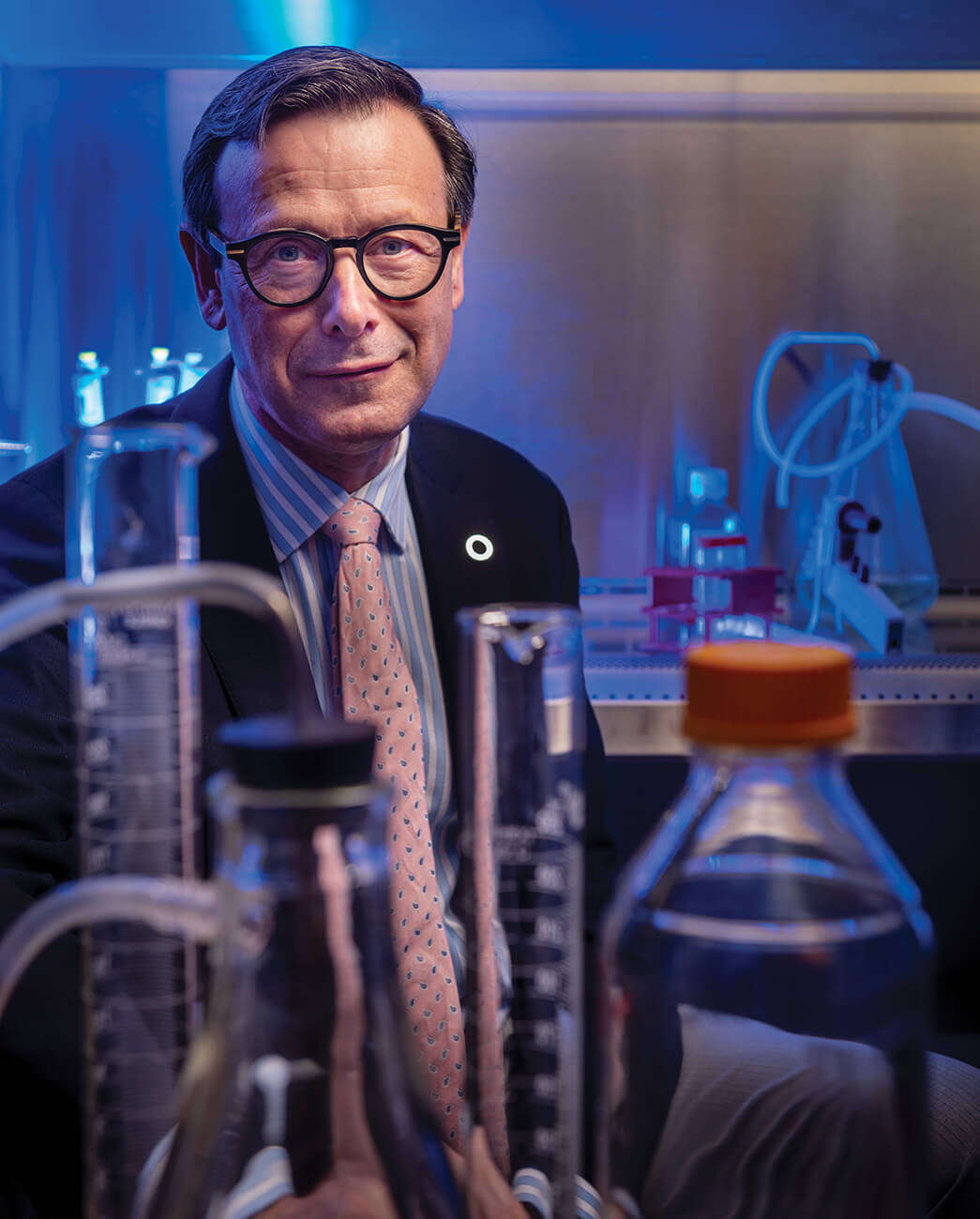Dr. James Shapiro’s quest to cure diabetes began nearly 40 years ago, when, as a medical student at Newcastle University in England, he started a research project on islet cell transplants in rats.
“When I first started, I knew nothing about diabetes, and certainly nothing about transplant. I’d never seen a rat before,” he recalls. He soon got up close and personal with them.
To get a drop of rat blood for his experiments, the young Shapiro had to venture in the middle of the night to the university’s animal house, located amid billowing steam behind a hospital laundry, and steel himself to snip off the end of a rat’s tail.
“It was quite scary for me — go down this pathway, go down to the animal house, and there were the rats in these cages. I was terrified to touch them, and one of the rats sloughed its tail when I touched it and — I can still feel it now,” he says. Rats can deglove the skin from their tails as a defense mechanism.
“My heart was in my mouth. I was petrified.”
Still, Shapiro worked “day and night” on the research for a year, sometimes even sleeping in the animal house, so he could measure the rodents’ blood sugar around the clock.
“It was tantalizing research,” he says — though most of those early experiments didn’t work. “I felt very cheated, in some ways. I’d worked so hard at it and most of it was a failure. But I got the opportunity to pick up the pieces when I came to Canada [in 1993].”
He spent the next several years training in liver transplant surgery and continuing to research diabetes treatments at the University of Alberta. Today, Shapiro is a professor of surgery, medicine and surgical oncology, and holds a Canada Research Chair in regenerative medicine and transplant surgery at the University of Alberta.
In the late 1990s, he led the clinical team that made a major breakthrough in treating diabetes — now known as the Edmonton Protocol — which transplants insulin- producing donor islet cells into patients, reducing their dependence on insulin injections.
